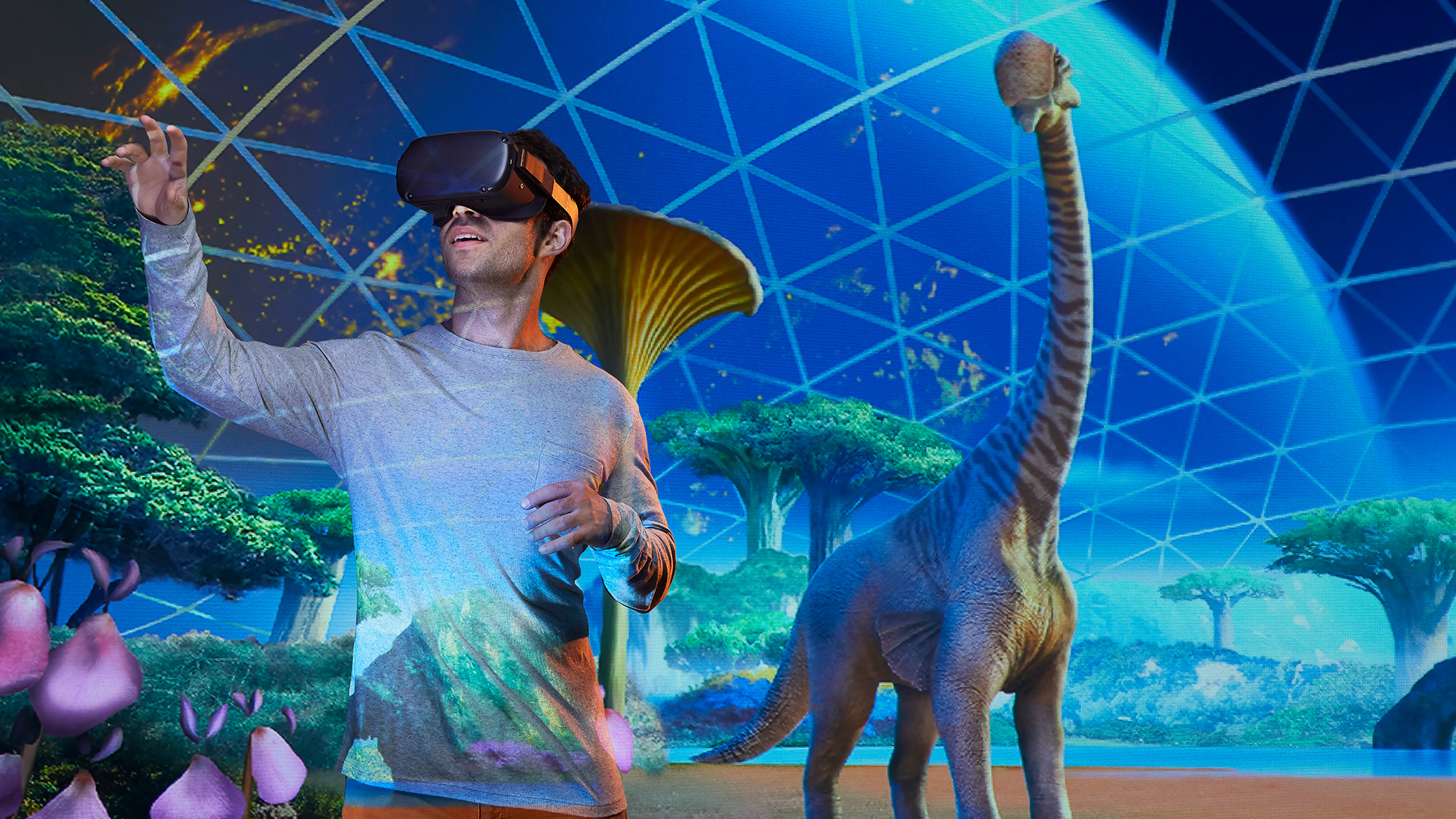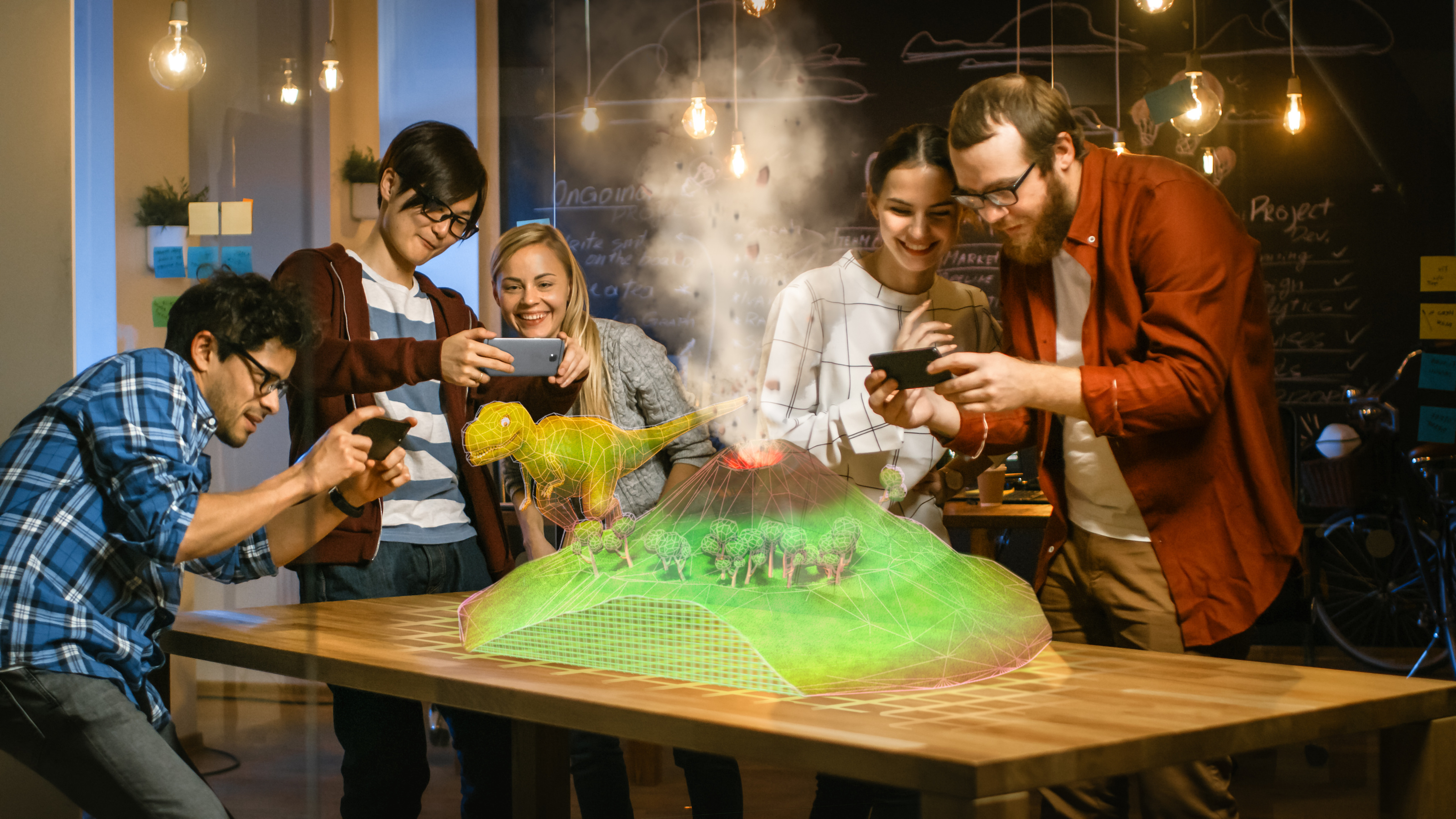The most amazing thing about virtual reality isn’t necessarily the technology behind it, but the way it makes us feel. When you bring virtual reality learning into classrooms, that feeling matters more than ever. Stanford University’s Jeremy Bailenson explains how well-designed VR programs like EcoMUVE and River City boost kids’ intellectual confidence and show students who think they’re not “science-minded” just how capable they truly are. That’s a wonderful thing. So why don’t we just teach every subject in VR? Gains in learning aren’t that automatic across all subjects, says Bailenson. “You shouldn’t use VR for everything. There are a lot of things that work beautifully by the written word and by video, and you shouldn’t just shove everything into [VR] goggles needlessly.” What propels deeper learning is finding the right fit for immersive learning, beyond the surface novelty. Jeremy Bailenson is the author of Experience on Demand: What Virtual Reality Is, How It Works, and What It Can Do.
Jeremy Bailenson: The gold standard for VR in education is a gentleman named Chris Dede. He's a professor at Harvard and he doesn't do goggles-based VR, he does desktop VR—although he's moving toward goggle VR. And what Chris has built is two amazing experiences: one is called EcoMUVE and one called River City. His virtual learning scenarios are organic; you're moving an avatar around and you talk to other avatars, you get to run experiments and the science content responds to what you do. It's engaging and you can play it for a long time. It's a very detailed environment to learn in. He's put it in thousands of schools, hundreds of thousands of students have used this and he's got great data showing that it works. In particular what Chris and his colleagues have shown is that students who typically have a hard time doing well in science—for example, someone who says, 'I can't be a scientist. That's not what I do,' whether it's due to your race or your gender or for whatever reason you can't see yourself as a scientist—when you're in River City you have an avatar; you're a scientist, and you're doing science and it helps those who have a hard time imagining that they can do science. And he's got great data showing that those who struggle typically with science, River City and EcoMUVE typically help them.
The challenge now is when you go from that type of amazing learning content to putting the virtual reality goggles on. And that's what I've been studying, for about 15 years I've been working in this area, and it's a challenge. One of my philosophies that should come across very clearly in this book is: you shouldn't use VR for everything. There are a lot of things that work beautifully by the written word and by video and you shouldn't just shove everything into the goggles needlessly. So what I do in my lab when I design learning content is I think: well, what's going to be uniquely awesome in VR? And it turns out it's things where you actually have to look around, right? So one of the key signals you can use to decide whether something doesn't deserve to be in VR is if you're watching a user and she's just staring forward the entire time for five minutes. Well, then why are you in VR? That should just be a high-res screen right in front of you and you can have more pixels. What I've been doing for the last few years is trying to really understand what types of learning and learning transfer are uniquely suited for virtual reality. When I began this learning research I just assumed that the immersive aspects of VR were going to automatically cause a gain in learning, and we're finding it's more nuanced than that.





